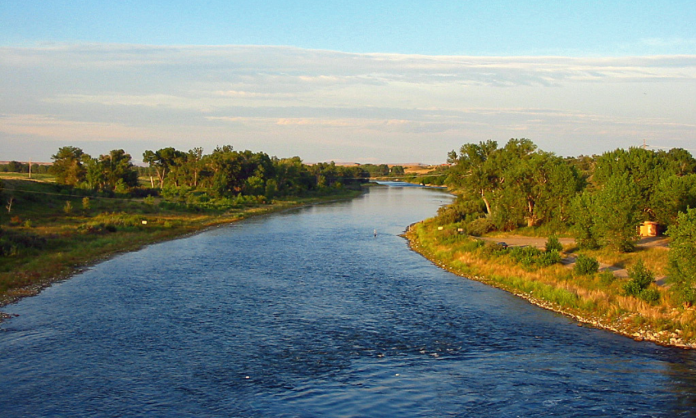By C.A. Tremayne
The American Wild West, a place that was vastly different from the Hollywood myth of today, one of the most famous stories that make up American History is that of General George Armstrong Custer and the Battle of Little Big Horn, which tells the story of how Custer led five companies of the 7th Cavalry against a combined force of Sioux and Cheyenne Indians on the 25th June 1876 in the valley of the Little Big Horn River, (known today as Last Stand Hill), when the brief fight was over, Custer, fourteen officers and 233 of his men lay dead.
Another story from the pages of American history tells the story of a buried cache of gold that has never been found, the only difference between these two stories is that while one has received a Hollywood makeover the other has been almost completely overlooked.
What links these two stories is the fact that they occurred at exactly the same place, and within a couple of days of each other. The story goes that around the same time that Custer the man with the golden hair in the buckskin jacket was rushing towards the Little Big Horn and 7,000 Sioux and Cheyenne Indians, a mule drawn freight wagon from Bozeman, Montana, carrying miner’s gold with a value of £30,000 (at 1876 prices) was making its way towards Bismarck, North Dakota, under the leadership of a man called Gilbert Longworth, who considered the job routine, something he had done many times before, and he was not expecting any trouble.
But this trip was going to be different, very different, as the wagon made its way through the foothills towards the Yellowstone River he started to grow very uneasy when he spotted large groups of Indians, hundreds all of them covered with paint, war paint, who seemed to be heading in the same direction, towards the Valley of the Little Big Horn, seeing no way of avoiding the Indians, Gilbert started looking for an answer, not just to save the gold but to save his scalp. Help came in the form of a supply ship called The Far West which was under the command of Captain Marsh who was on his way to meet General Terry with supplies of food and ammunition, unfortunately he was unfamiliar with the river and had overrun the prearranged meeting place.
In order to gather his thoughts and to figure out just what to do he decided to anchor for the night, which as it turned out was lucky for Gilbert who came out of the night looking like he had seen a ghost, talking so fast that Marsh had trouble keeping up. He tried to explain what he had seen, then without taking a breath, he started to beg Marsh to take the gold off his hands and deliver it when he docked back in Bismarck, such was Gilbert pleading that Marsh agreed, wasting no time Gilbert unloaded the gold from his wagon and put it onboard the supply boat.
Then without a word and as quick as he could move he jumped back on the wagon and headed back towards Bozeman. (Gilbert never made it back to Bozeman, he was captured and killed by the Indians soon after leaving the river edge).
Back on board the supply boat Marsh had started to hear the sound of drums and war chants, also in the night sky he could see the glow of hundreds of camp fires. He had no choice but to make a break for it, but first he had to deal with the gold. He decided he would have it buried on land, that to his mind would keep it safe, he gave orders to his most trusted officers, first mate Ben Thompson and his first engineer Foulk to take the gold and find a place to bury it, although they were unaware of the fact that just a few hours before Custer and his men had all been killed just a couple of miles away), the two officers did as they were ordered.
During the following forty-eight hours he made contact with Terry and learned the full story of the Indian uprising, and of course the fate of Custer and his men. Because of the uprising and the continued danger from Indians, it was to take Marsh and his crew some years to get to Bozeman, once there he attempted to make contact with the freight company and inform them of the location of the gold shipment, but only found an empty office as they had gone out of business due to the uprising. He also tried to make contact with the prospectors who had originally minted the gold, this also turned out to be a dead end as once again due to the uprising all of them had made their way out of the area. It would seem that this is all that is known of the buried gold shipment.
Today we know that the story of Custer is true, the fool did attack a combined force of Indians totalling some 7,000 with only five companies of cavalry, what we do not know is if the story of the buried cache of gold that lies very near the battlefield is true. Why did Marsh and his men not return and dig it up, it could be that the uprising meant it was unsafe to try or it could be that he did at some point return and dig it up. However, this is unlikely due to the fact that according to records he returned to his ship and worked until he passed away, hardly unlikely had he had a fortune in the bank.








